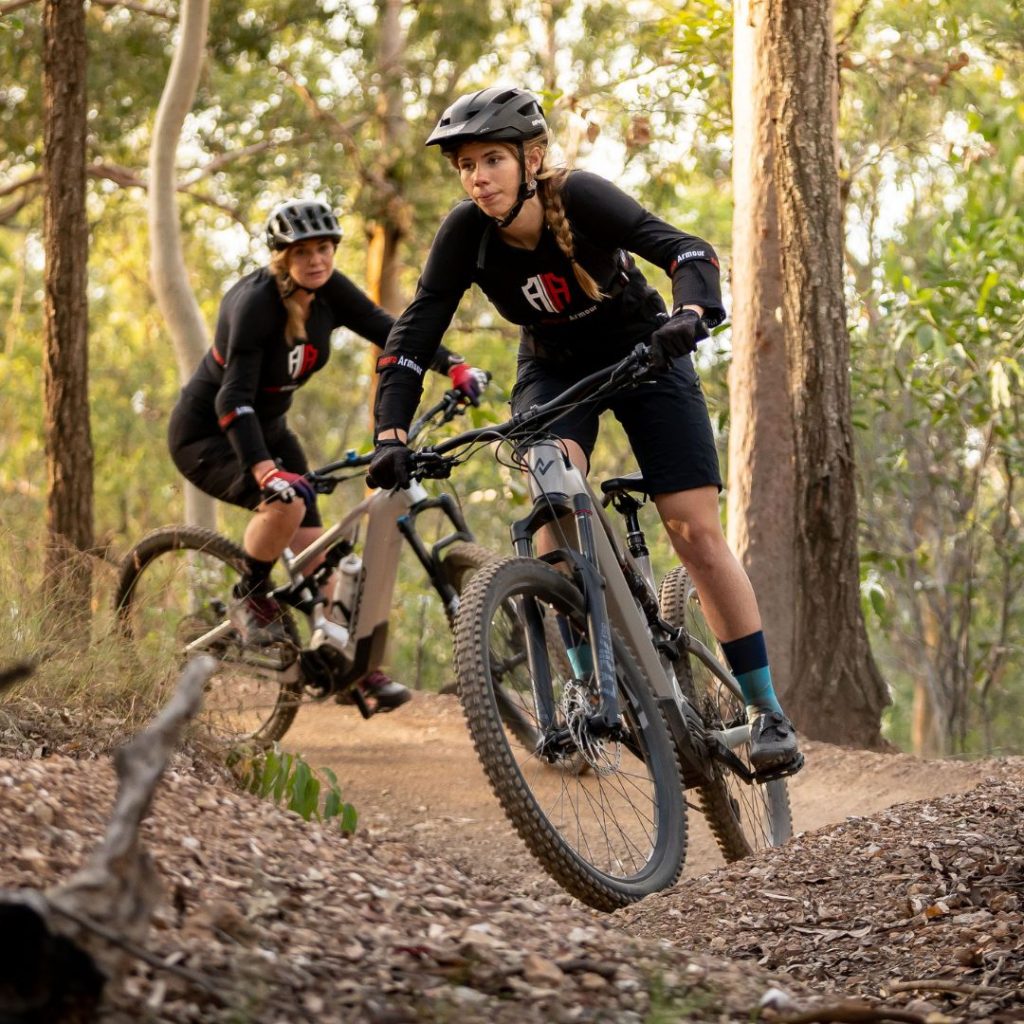Wondering whether the anatomical differences between men and women mean that female athletes should receive different sport advice?
It’s a fair question to ask, and unfortunately, there isn’t really a clear answer.
That being said, it’s fair to speculate that because female athletes have a number of anatomical, physiological and psychological differences when compared to their male counterparts, it’s safe to assume that female athletes should receive gender based sports guidance.
In this article, we’ll discuss what we know so far about the role gender plays in sport science.
What are the differences between male and female athletes?
To state the somewhat obvious, the biggest difference between male and female athletes comes down to our reproductive systems.
Adult female athletes have;
- Menstrual cycles
- Female athletes commonly take hormonal contraceptives
- Female athletes who choose to have children experience huge changes to their oestrogen and progesterone levels during pregnancy
- And let’s not forget about the menopause that comes later!
These key differences between male and female athletes underpin general studies based on gender differences, however limited research has been done on how our female reproductive systems affect our ability to perform well in sport.
Gender Discrimination
An analysis of the gender wage disparity in sports reveals that the primary reasoning presented by mainstream media is the lower popularity of women’s sports compared to men’s, which results in decreased revenue generation. This disparity has roots in historical limitations imposed on women’s participation in sports. Notably, it wasn’t until the 1940s that the first professional women’s sports leagues were established, which were accompanied by stringent regulations regarding the athletes’ attire and demeanor during competitions. Significant progress was made in 1972 with the enactment of Title IX of the Education Amendments Act, ensuring legal equality for women in education and athletics. Despite these advances, it took until the 1980s for the sporting world to acknowledge women’s capability to compete in endurance events like marathons. The evolution of women’s sports, from restrictive beginnings to achieving legal equality, reflects a journey towards closing the gender pay gap, yet the historical context underscores the ongoing struggle for revenue parity in sports. More on this click here.
So what research is available then?
In short: not much. Nearly all studies in sports science with female participants concludes its findings with “more research is needed”.
So why is that?
Well this could be because the sample population for these studies are poorly defined and selected. For instance, studies that focus on the female menstruation cycle and how it relates to sports and exercise assumes that women’s cycles are ‘regular’ and therefore normal, however only a small portion of women have eumenorrheic cycles.
In order to gain more conclusive evidence of the impact on female athletes the studies also need to take into account;
- Women who use hormonal contraceptives (not just oral pill users)
- Women going through puberty
- Women who don’t have regular menstrual cycles
- Menopausal women
- And users of hormone replacement therapy
These groups of women have different levels of both estrogen and progesterone and are therefore not all the same. By having more clear definitions for each ovarian based hormonal profile, researchers can have more confidence that the sampled population represents the intended category of female athlete.
What does all this mean you ask? Well, in short, more accurate data.
Fempro Armour: Protecting women in high impact sport since 2019
While the research in sports science is somewhat lacking, there’s serious evidence that Fempro Armour provides the best female armour and protective garments in the market.
Here’s what one happy customer had to say, “Great gear! So good to have gear made in Australia for women. Sick of wearing stuff meant for men and now I don’t have to.” -Anna R
Buy Quality Women’s Protective Gear From Fempro Armour Today
If you’re a female athlete, then don’t settle for using men’s or unisex protective gear. Instead, get the protective gear that you deserve. Here at Fempro Armour, we specialise in offering body armour that has been specifically designed with female anatomy and requirements in mind. We’re proud to stock a wide range of top-quality body armour for women athletes, ensuring that you can compete with full peace of mind that you’re as protected and as comfortable as possible. Checkout our range of protective gear, by clicking HERE

